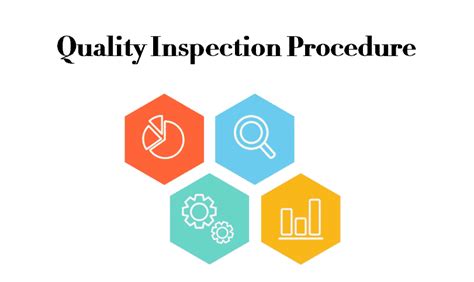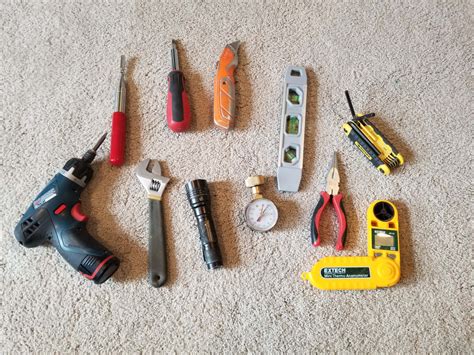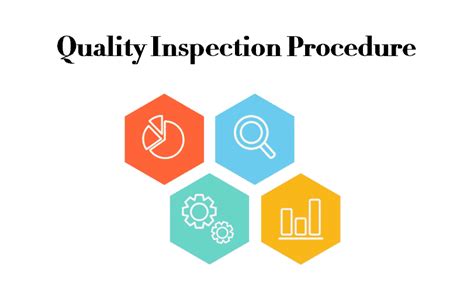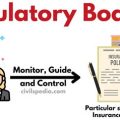How to Conduct a Comprehensive Visual Inspection: Best Practices and Guidelines
What Is a Visual Inspection, and Why Is It Important?
Visual inspection is a crucial step in various fields, from manufacturing to construction and even quality control processes in retail. Conducting a visual inspection allows us to identify any surface defects, inconsistencies, or damages that may affect a product or structure’s overall quality, safety, or compliance. This article explores the essentials of performing an effective visual inspection, answering common questions and providing actionable guidance.
Whether you’re assessing a building’s integrity or inspecting a product for quality assurance, understanding the basics and advanced techniques of visual inspection can make a significant difference in ensuring standards are met and potential risks are minimized.
What Are the Steps in a Visual Inspection Process?
Performing a visual inspection involves several key steps to ensure accuracy and thoroughness. Below, we outline a general approach that can be tailored to various industries and inspection needs:
- Preparation: Gather the necessary tools, documents, and protective equipment for the inspection.
- Documentation: Review any existing records that may inform the inspection, such as maintenance logs or previous inspection reports.
- Initial Assessment: Conduct a general survey of the area or product to identify visible issues.
- Detailed Inspection: Using tools like flashlights, magnifiers, or cameras, assess specific parts or sections that require closer examination.
- Recording Findings: Document all observations, capturing both issues and areas in good condition.

What Tools Are Essential for an Effective Visual Inspection?
To ensure a thorough inspection, having the right tools on hand is essential. Common tools for visual inspections include:
| Tool | Description | Use |
|---|---|---|
| Flashlight | A high-intensity light source for inspecting dimly lit areas. | Illuminates hidden or shadowed surfaces |
| Magnifying Glass | A magnifying tool for closely inspecting small details. | Identifies minute defects or inconsistencies |
| Camera | Captures visual documentation of the inspection. | Records images for reports and further analysis |

How Often Should Visual Inspections Be Conducted?
The frequency of visual inspections depends on the industry, the environment, and regulatory guidelines. For example:
- Manufacturing: Regular inspections may be required on a daily, weekly, or monthly basis, especially for equipment that handles high-stress tasks.
- Construction: Inspections might be needed at every project milestone to ensure compliance with building codes.
- Retail: Visual inspections are often part of inventory control to assess product quality before shelving.
How Do You Document Findings in a Visual Inspection?
Documentation is a critical part of visual inspections as it provides a record for quality assurance and future reference. When documenting findings, consider the following:
- Photographic Evidence: Capture clear images of any issues, with notes for clarity.
- Written Notes: Describe observations in detail, including location and condition.
- Measurement: Use tools to record dimensions or angles of defects where relevant.
What Are the Common Mistakes in Visual Inspections?
Even experienced inspectors can make errors during a visual inspection. Here are some common pitfalls to avoid:
- Inadequate Lighting: Poor lighting can lead to missed details. Use a bright flashlight when needed.
- Overlooking Small Areas: Be thorough and avoid skipping smaller sections.
- Failing to Document Findings: Always document observations, even if they seem minor.

What Skills Are Needed to Conduct a Visual Inspection?
A successful visual inspection requires a blend of technical and observational skills, including:
- Attention to Detail: Inspectors must notice subtle variations that could indicate defects.
- Technical Knowledge: Understanding the equipment, product, or building being inspected.
- Communication Skills: Clearly documenting and communicating findings.
—
### FAQ Section
—
FAQs About Visual Inspections
What is the purpose of a visual inspection?
The purpose of a visual inspection is to identify any defects, damages, or inconsistencies that could impact the safety, quality, or compliance of a product or structure.
How often should visual inspections be conducted?
The frequency of inspections varies depending on the industry and the specific item being inspected. It ranges from daily to annually.
What tools are used for a visual inspection?
Common tools include flashlights, magnifiers, cameras, and inspection checklists for thorough documentation.
Can visual inspections be done without tools?
While tools enhance accuracy, some basic inspections can be done without tools if conditions allow clear visibility.
What are common errors in visual inspection?
Errors include poor lighting, inadequate documentation, and missing small but important areas.
Is certification required for visual inspections?
Certification is often required in fields like construction and manufacturing to ensure inspectors meet industry standards.
How can one improve visual inspection skills?
Training, experience, and learning from mistakes can greatly improve accuracy and thoroughness in visual inspections.
—



